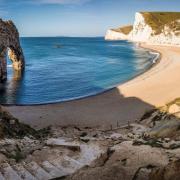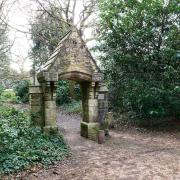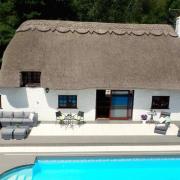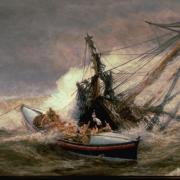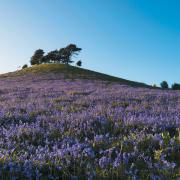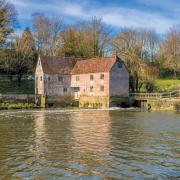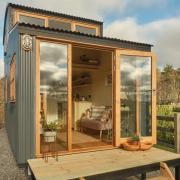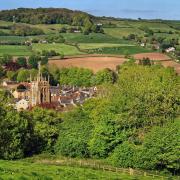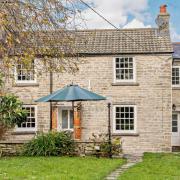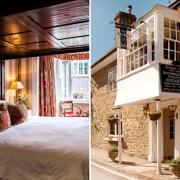Wareham...past
In her novel of 1856 John Halifax, Gentleman, Mrs Dinah Maria Craik described Wareham seeming ‘to have taken an undisturbed doze for centuries’, she made this observation whilst living in North Street, her former house bears a Blue Plaque.
Mid-Victorian Wareham remained contained by its Saxon ramparts and two rivers, the Piddle to the north and tidal Frome to the south. In 1851 the population of the three parishes was 3078, of whom well over 2,000 lived within the walls (785 were under 15). There was a Saturday market, two annual fairs near the West Walls (cattle in April, sheep in September). Gas street lighting arrived in 1840, and the railway seven years later. But the town remained dependent on its twin roles as the gateway to Purbeck and economic hub for the scattered heathland villages.
Perhaps more so than any other Dorset town, Wareham seemed resistant to change. This insularity was both a strength and a weakness. A strong sense of community helped in times of hardship. In the worst winters the leading families distributed coal, and church and chapel combined to open a soup kitchen. The same is true of its celebrations. A brass band led the 300 members of the Ancient Order of Foresters to its annual feast in 1885.
The town’s unwillingness to improve its basic services included its water supply due to concerns about adding to the rates. As late as the 1870s water came from garden wells and three public pumps. It would take until 1906 before clean piped water was accessible to the town.
By then the pace of change was beginning to quicken. New housing replaced the gardens in the side streets (Mill Lane, Shatter’s Hill and the far end of East Street). And in her South Street toy shop, Miss Kelsey installed a switchboard and made it the town’s first telephone exchange. Then came the motorcar. By 1913 traffic signs had to be fitted at the junction of South, North, West and East streets. The days when John Halifax, Gentleman could describe the town centre as a place where one might fire a cannonade down all four streets ‘without laying more than a dozen official murders on your soul’ were finally over.

Wareham...present
Wareham Forest: The Northport Greenway is a walking and cycling route into Wareham Forest from Wareham Quay via Wareham Railway Station. Or pick up the 13-mile Wareham Forest Way from Wareham Quay. dorsetcouncil.gov.uk
Lawrence of Arabia: T.E. Lawrence was based at Bovington Camp, home of The Tank Museum. The Lawrence of Arabia Trail goes from here to his house Clouds Hill, and grave at St Nicholas Church. tankmuseum.org/dorsetcouncil.gov.uk
Monkey World: Made famous by the TV series Monkey Life, this rescue centre at nearby Wool looks after primates who have suffered abuse or neglect after being captured in the wild. monkeyworld.org




